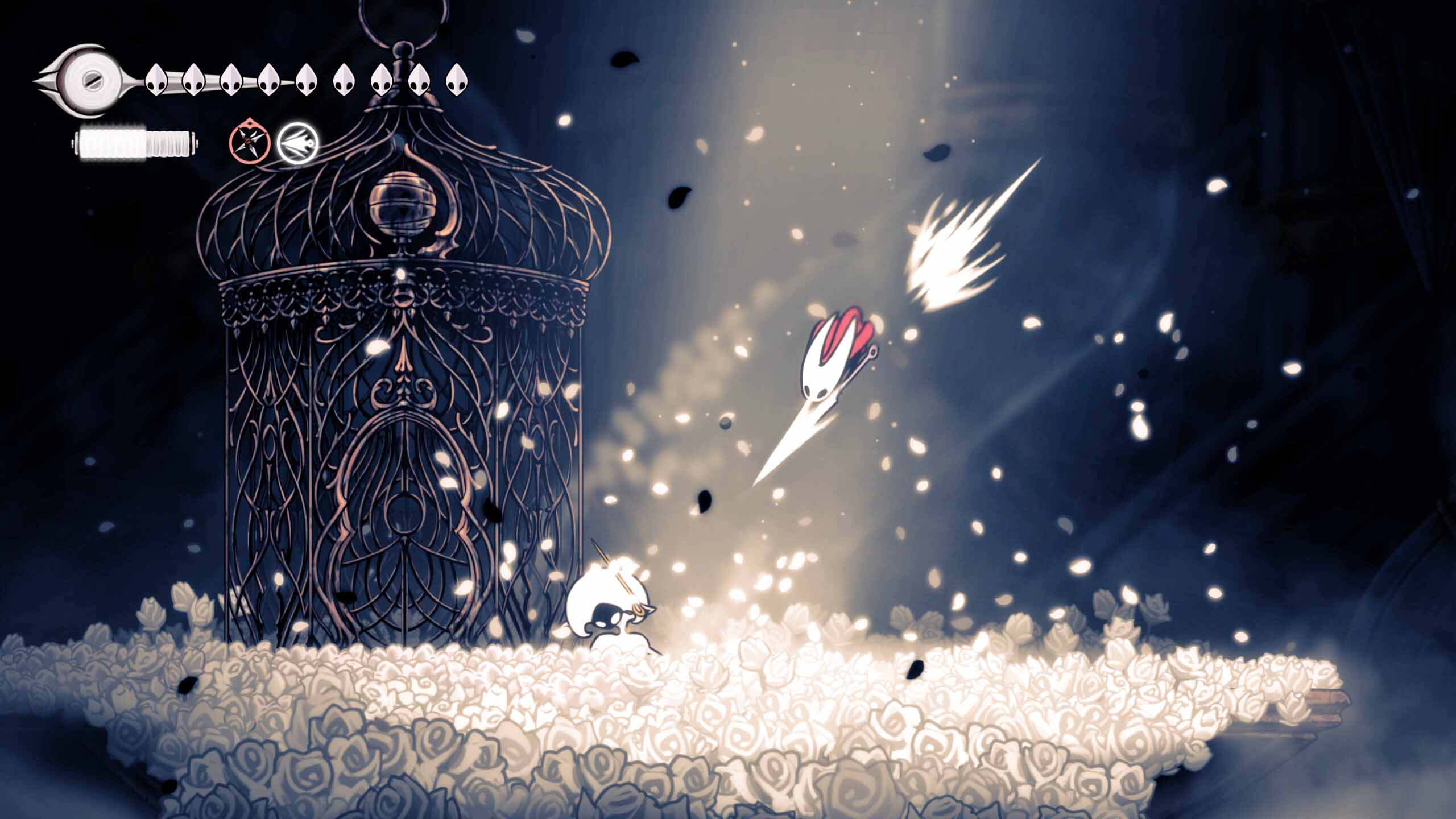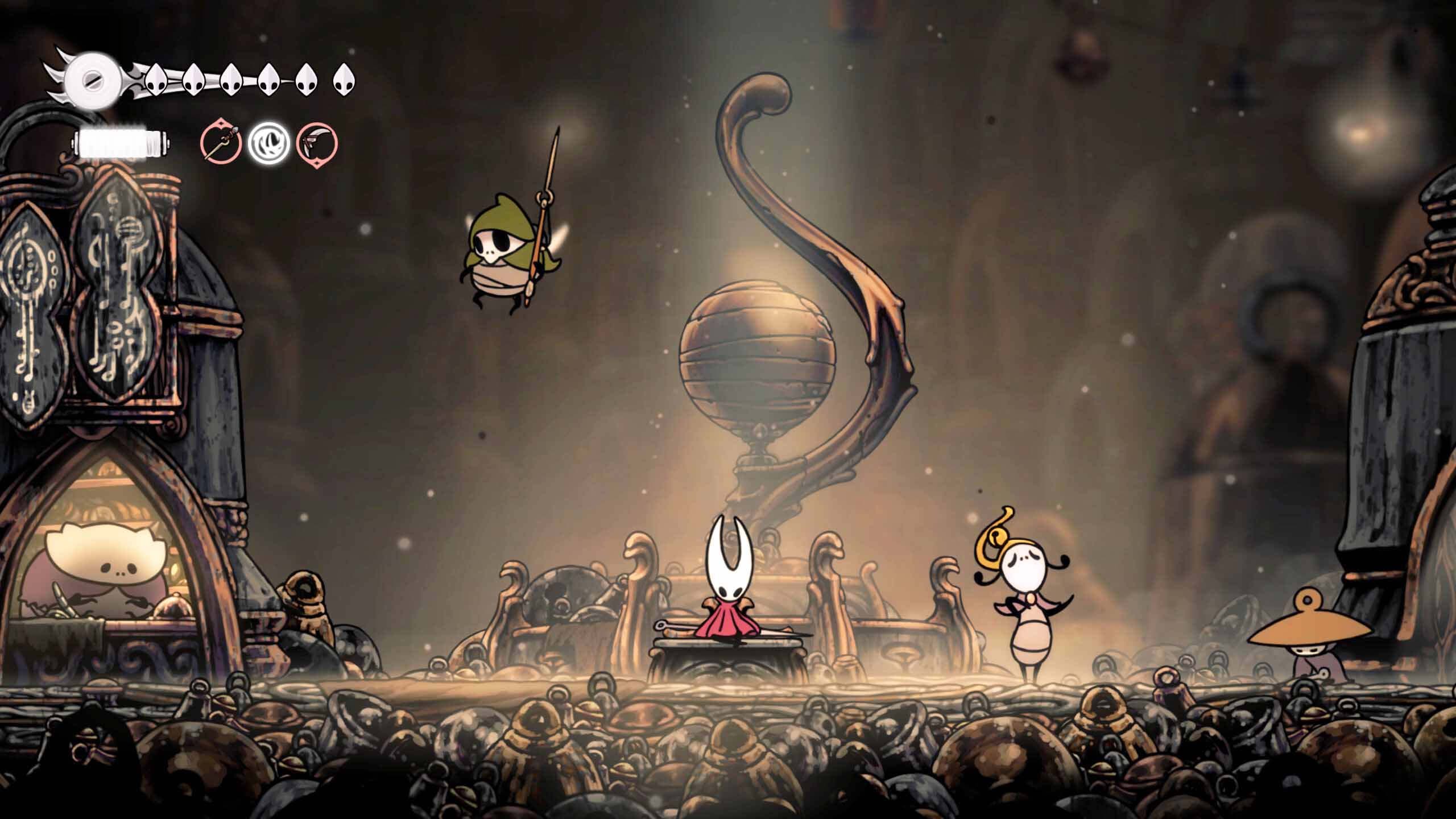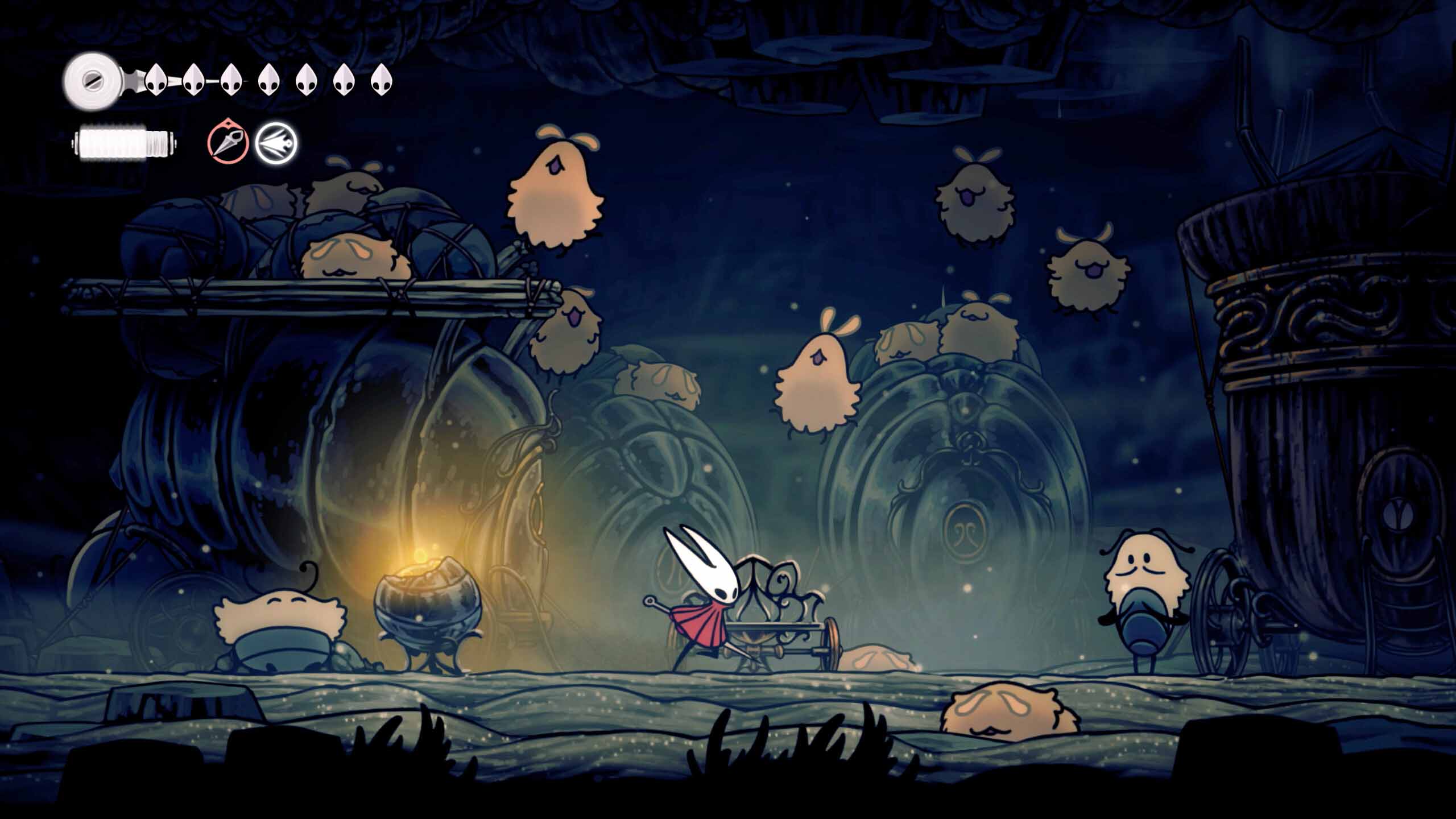
Hollow Knight Silksong review: a Soulslike platformer with fearsome depth
TG takes its first forays into one of 2025’s most engrossing game worlds
If you want to know whether you’ll like Hollow Knight Silksong, there’s an easy test: look at this world map. If you see that morass of biomes, interconnected areas, secrets and bosses and start getting a sweat on in anticipation, your brain is correctly wired for enjoyment in this realm. If you see a labyrinth of backtracking, checking walkthroughs and overwhelm, that’s what you’ll experience.
It’s an odd way to start a review of a game that’s unquestionably great, granted. There’s so much atmosphere and backstory here, such a simple but compelling mix of disciplined Soulslike combat and lithe platforming, that Hollow Knight Silksong’s inherent qualities should, by rights, win everyone over. But to look at it another way, Moby Dick is a great novel, but it’s not always enjoyable to read.
In development for six years, this sequel to Team Cherry’s celebrated 2017 Metroidvania original is a thing of refinement. It’s clear now that its longer than usual development time wasn’t spent putting out fires or having a conceptual meltdown, but simply chipping away at a vast project with artisanal care. When you walk through its staggering array of distinct environments, you’ll constantly notice little details that are there for no other purpose than to delight you.
The way winged critters spook at your presence and fly off from the undergrowth, rattling the foliage as they depart. Giant rings clang and roll as you knock into them, relics from some mysterious fallen civilization. NPCs in villages speak to you in something approaching poetry. All of it is impressively crafted, and feels deeply considered.
The effect of all of this, along with the game’s Soulslike disposition not to explain its mechanics, objectives or world, creates the effect that you’re peering into an entire universe. It’s a bit like our own, at least the bits of it we haven’t built dual carriageways or chicken shops on yet, but inhabited by varieties of intelligent bugs with distinct cultures, traditions and histories. Unfurling and slowly understanding that universe is one of the great pleasures here, and it’s a slow-burn kind of enjoyment.
Here to deliver the more immediate thrills, the combat system is built around enemies with learnable attack patterns. Stumble thoughtlessly into a fight with even the most basic early game adversaries and there’s a decent chance they’ll eat all your health up and send you back to the last place you rested. Instead, player-character Hornet’s sword attack is best deployed with patience and timing.
In fact, patience and timing are the mantra here, in all aspects. Particularly when it comes to the toughest element of all – navigating that aforementioned labyrinth of environments. The back-tracking and memory skills that Metroidvanias require can be downright stressful at the best of times, but when you’re being tested this sternly by every enemy along the way, progress can feel punitively slow. Mistimed that last jump in a sequence of escalating platforms? Unlucky, way back down you go. Swished your sword at a tiny, easily beatable enemy without paying it the proper respect and took a hit? That’s you dead. Back you go to your last respawn point, many jumps back.
That’s the central tension here, in a world that’s so finely crafted but often so challenging to navigate or make sense of. From moment to moment, you’re presented with numerous different directions and no clear sense of what leads where. There are frequent boss fights lurking in among those possible trajectories, puzzles to solve, shop vendors, villages, and enigmatic NPC interactions that leave you both more familiar with the world’s lore and even more mystified by it.
You can either attempt to tackle that giant knot of game world methodically, taking note of the points that are currently impassable and visiting them later, or wander around on instinct, hoping you’ll accidentally keep making progress. Both are stressful journeys, full of stumbling blocks and challenges that seem insurmountable until suddenly they’re not. Both are full of wonder – real, childlike wonder that’s conjured so much more vividly than its screenshots suggest – and both will consume your thoughts. What does that item do that you just picked up? Can it be used to unlock that giant bone gate you were stuck at 20 minutes ago? Why is there a bug singing to it, and should you be singing along with them? If so, how? This is your mind for the foreseeable.
There’s very little to fault here, nor much about the experience that puts you in the kind of mind to look out for them. Instead, a beautifully formed and immersive world that’s often overwhelming to make your way in, but just as engrossing. And the sense that this is what happens when creators have the time they need to make the end product they intend.
Top Gear
Newsletter
Thank you for subscribing to our newsletter. Look out for your regular round-up of news, reviews and offers in your inbox.
Get all the latest news, reviews and exclusives, direct to your inbox.










